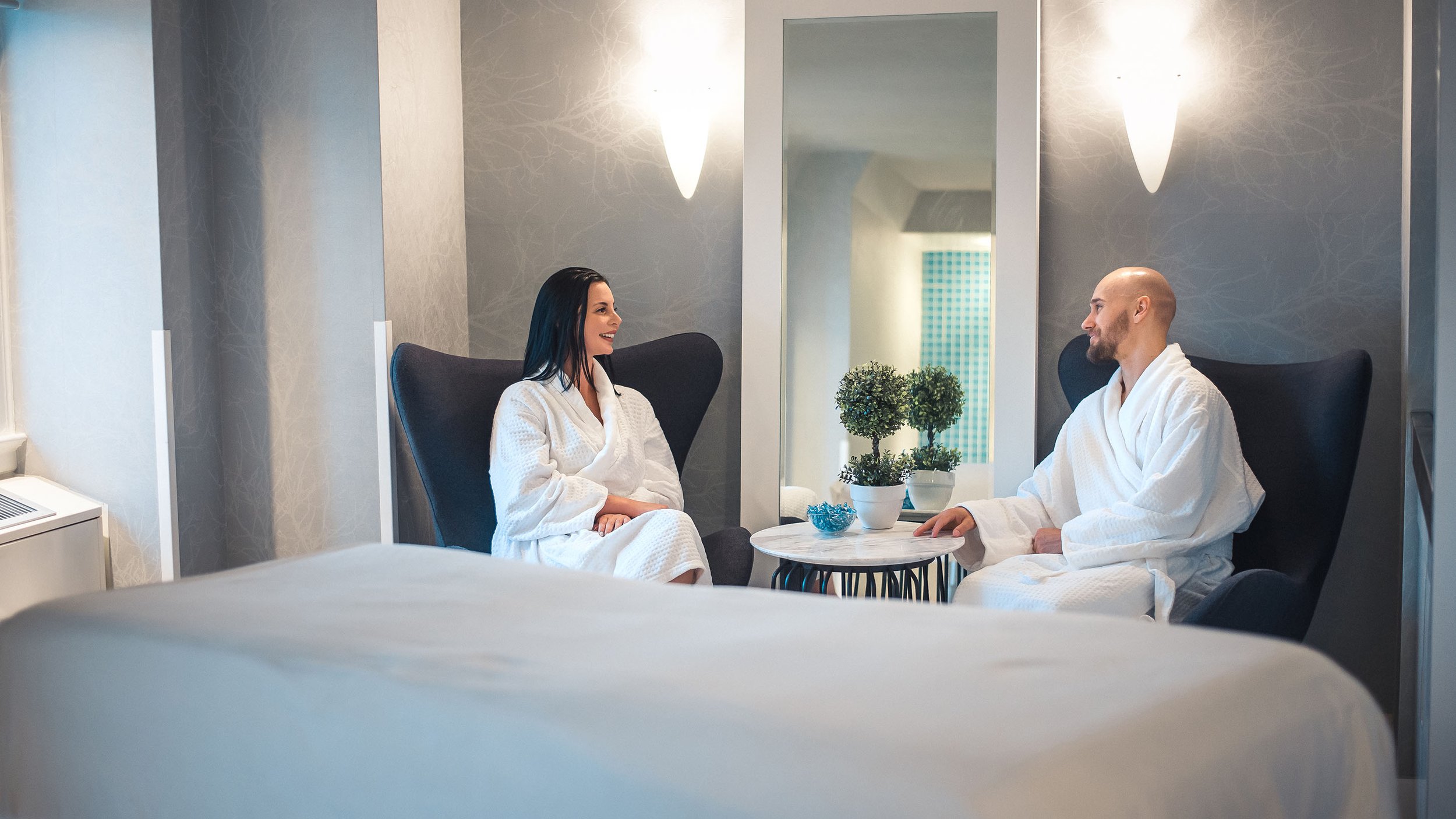
In the world of alternate medication and all natural healing, reflexology stands apart as a significantly preferred and remarkable practice. This ancient restorative technique, rooted in typical Chinese medicine, is based on the concept that particular factors on the feet, hands, and ears correspond to different organs and systems within the body. By using stress to these factors, experts intend to advertise recovery, alleviate stress and anxiety, and recover equilibrium to the body’s power circulation.
The origins of reflexology can be mapped back countless years, with proof of similar methods discovered in old Egyptian tombs and traditional healing systems across different societies. Modern-day reflexology as we understand it today was developed in the early 20th century by Dr. William Fitzgerald, that introduced the idea of “area treatment.” This idea was later refined and promoted by Eunice Ingham, typically referred to as the “mommy of reflexology.”
At its core, reflexology runs on the idea that the body is adjoined which boosting certain response points can have a favorable influence on matching areas throughout the body. Using pressure to a specific point on the foot is assumed to influence the function of the liver or kidneys. While scientific proof supporting these insurance claims is limited, numerous individuals report substantial advantages from regular reflexology sessions.
Advocates of reflexology mention a broad array of possible benefits, consisting of:
Stress and anxiety decrease and leisure Improved flow Enhanced immune feature Pain relief, specifically for headaches and pain in the back Better sleep high quality Increased power levels A regular reflexology session involves a detailed assessment of the customer’s health concerns and objectives. The professional then makes use of numerous techniques, including thumb and finger backup, strolling and hook, and turning on pivot, to apply stress to details response points. The pressure applied can vary from gentle to firm, depending upon the person’s needs and sensitivity.
While reflexology is usually considered risk-free for the majority of people, it’s crucial to keep in mind that it must not be used as an alternative for conventional healthcare. Pregnant females, people with certain clinical problems, and those with foot injuries should talk to a doctor before undergoing reflexology therapy.
As interest in alternative health techniques remains to grow, reflexology has located its way right into various setups, from dedicated reflexology facilities to health spas and wellness facilities. Some medical care centers have even started integrating reflexology as a complementary therapy alongside traditional clinical treatments, recognizing its potential to improve total wellness and individual comfort.
For those thinking about discovering reflexology, it’s essential to choose a qualified and experienced specialist. Numerous countries have specialist organizations that use certification programs and preserve directory sites of licensed reflexologists. These experts undergo substantial training in physiology, makeup, and reflexology techniques to guarantee they can supply secure and effective therapies.
Finally, reflexology uses an one-of-a-kind approach to wellness and health that emphasizes the body’s inherent capacity to heal itself. While JKリフレ is needed to totally comprehend its devices and efficacy, many people locate reflexology to be a valuable tool in their health toolkit. Whether used as a standalone treatment or in combination with various other health and wellness practices, reflexology remains to intrigue and benefit those seeking all-natural means to sustain their physical and emotional health.
The beginnings of reflexology can be traced back thousands of years, with evidence of similar methods discovered in old Egyptian tombs and conventional recovery systems throughout various cultures. At its core, reflexology runs on the belief that the body is adjoined and that promoting particular reflex factors can have a positive effect on equivalent areas throughout the body. In final thought, reflexology offers an one-of-a-kind technique to health and wellness that emphasizes the body’s fundamental capacity to recover itself. Whether made use of as a standalone therapy or in combination with various other health and wellness methods, reflexology continues to intrigue and advantage those seeking all-natural methods to support their psychological and physical well-being.